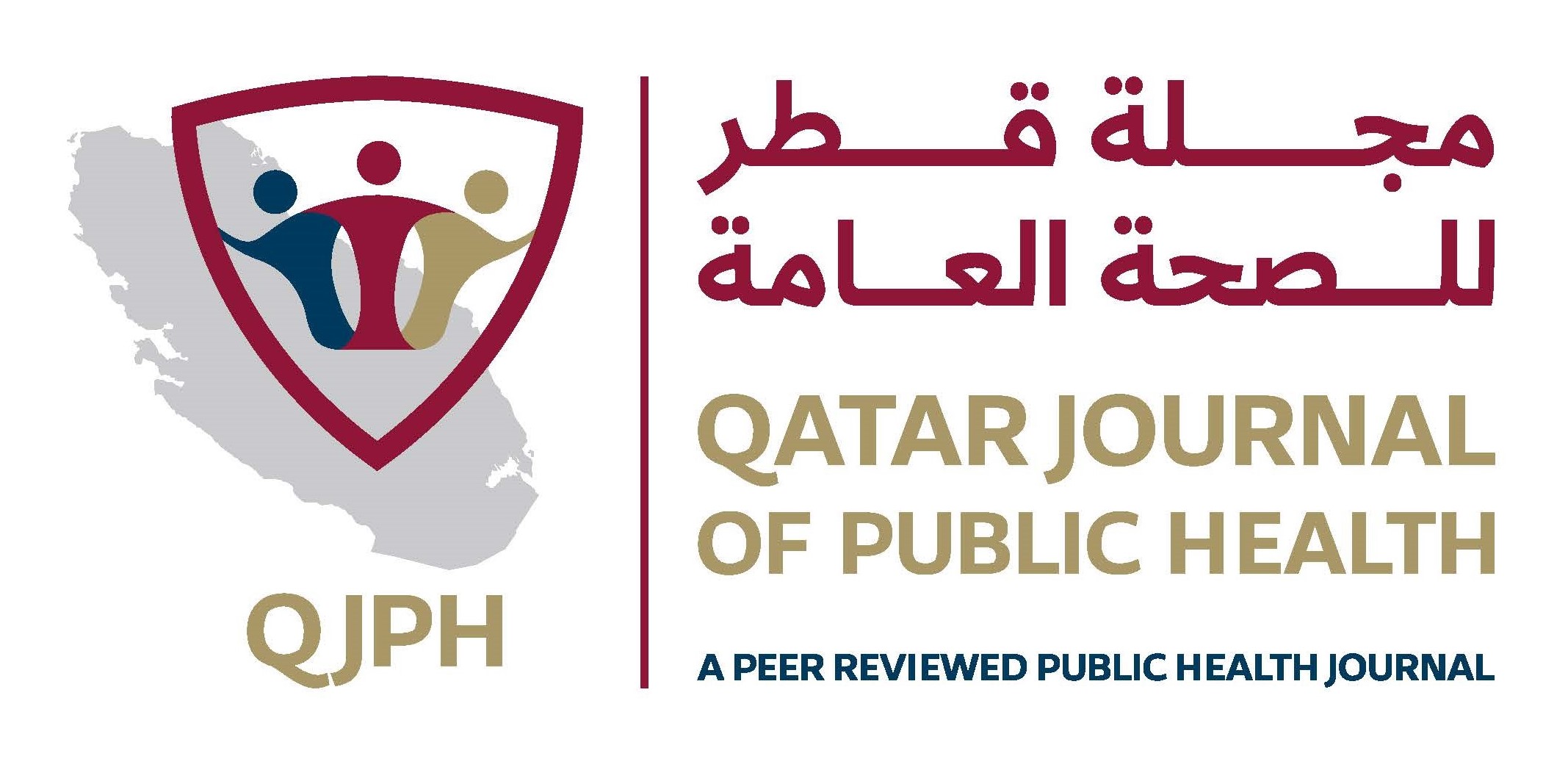-
oa Enhancement of Communicable Disease Surveillance During FIFA World Cup Qatar 2022™: A Legacy
- Source: Qatar Journal of Public Health, Volume 2024, Issue 1, Apr 2024,
-
- 21 December 2023
- 04 February 2024
- 27 February 2024
- Previous Article
- Table of Contents
- Next Article
Abstract
Background Communicable disease surveillance in Qatar was expanded and improved to adapt to the demanding requirements during the Fédération Internationale de Football Association (FIFA) World Cup Qatar 2022™. This article documents Qatar’s surveillance enhancements to support future mass-gathering preparedness strategies.
Methods The notification enhancement project (NEP) and the mass gathering – early warning, alert, and response system (MG-EWARS) project were executed to intensify communicable disease surveillance. Global public-health intelligence was monitored using Epidemic Intelligence from Open Sources (EIOS). A unified command oversaw all surveillance activities, assessed risks, and made decisions.
Results The surveillance system detected and responded to public health threats effectively. The NEP increased disease notifications from healthcare workers by 214%. The EIOS screened ~300,000 articles, identifying three major health events. The MG-EWARS Cell provided daily situational analysis to stakeholders, including insights from indicator-based, event-based, and sentinel-syndromic surveillance.
Conclusion The Ministry of Public Health in Qatar successfully implemented novel projects and activities to enhance surveillance of infectious diseases during the FIFA World Cup Qatar 2022™. Early and research-driven planning, use of the latest technology, appropriate training programs, and prudent allocation of resources were the key strategies employed.


